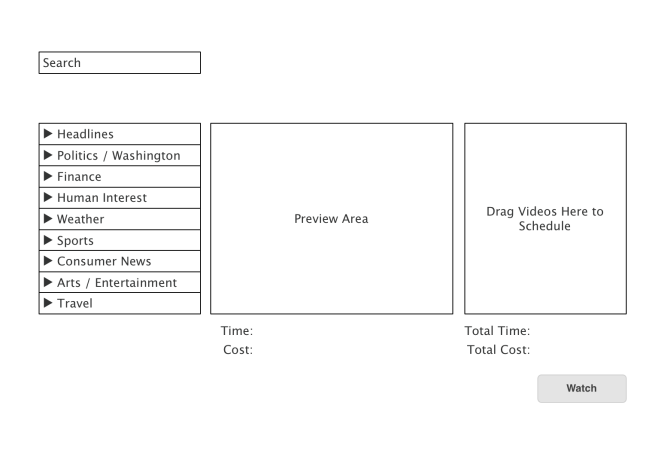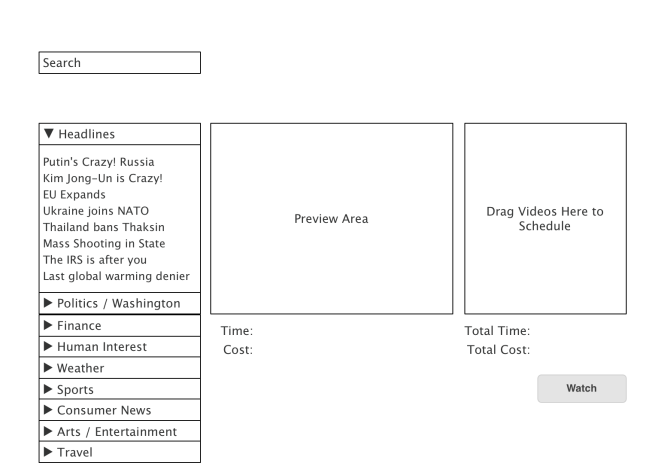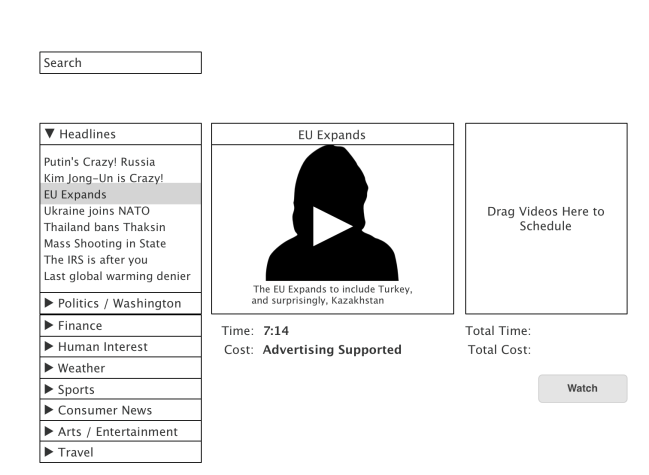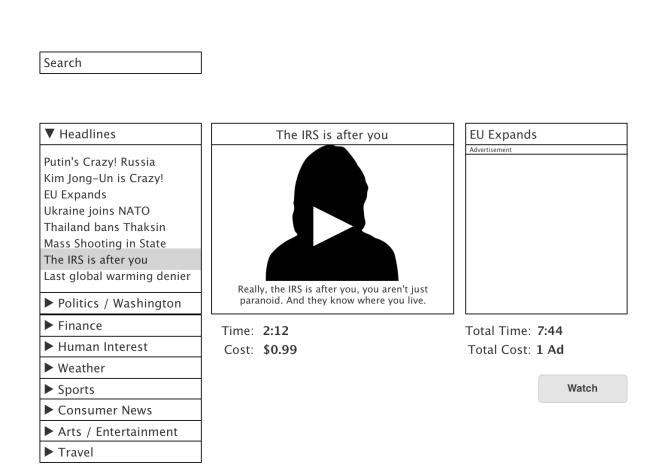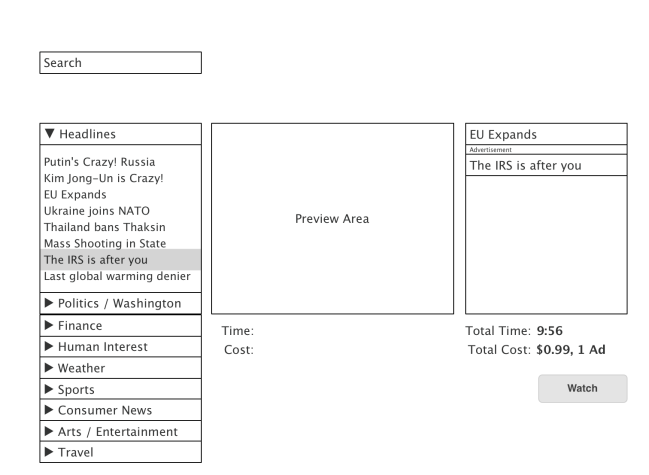ATMs generally suck. How do I know this? Most ATM vestibules are still attached to a bank with people in it. If ATMs were up to speed, the people backing them up wouldn’t be necessary.
One of the strangest conventions in the ATM is in the ‘unusual amount’ interface. If you want to withdraw $120, you get the dreaded keypad.
I’m sure you have encountered this and asked yourself, “Why do I have to type in the ones column? I can’t get $123 dollars, why am I able to type $123?”
The answer is that the bank has erred on the side of the least objectionable error. If they put the 0 in there and then expect you to type in “12” to get “$120,” too often people will type in “120” and discover too late they are withdrawing $1200.
That’s a bigger problem than a user typing in “12” and popping an error that says, “The ATM only has $20s.”
There is a better way.
Each ATM is made of a PC, a touchscreen, some hardware and four drawers of cash. A more ideal interface would show the user what is available in an image they recognize and allow them to pull the cash they need.
This interface is remarkably simple and virtually error free. The user taps on the bill they want, the bill drops from the stack into the ‘drawer’ space, simultaneously the running total is put into the Withdraw button (plus the ubiquitous fee).
In this illustration the user has tapped the $20 stack three times and the $10 stack once, adding up to $70.
Note there are + and – buttons as a backup to those who are used to buttons (probably removable in 10 years or so as people become used to manipulating symbols directly on touch screens).
If the ATM screen can handle dragging, we can add a gesture that allows the user to withdraw five bills.
Why five for the drag and not ten? This brings up an interesting rule of thumb for ATMs and money in general. Wherever you are in the world, no matter what the currency, the most common bill you’ll see in an ATM is a “significant” amount, but not a lot – enough to buy lunch but not enough to buy a car. Since ATMs have an interest in supplying the currency in useful amounts, walking around money is, for the most part, five to ten bills, no matter what those bills are.
Certainly, there are countries in which inflation is rampant and a shoebox full of cash is required to buy a sandwich, but those are the exceptions. Eventually, after the currency stabilizes, a ‘workhorse’ bill emerges which is used more often than others (currently the $20 bill in the US) and ATMs generally supply that bill and perhaps one smaller or larger.
This interface, if it was used universally, removes the need to do the math whenever you land in a new country and are required to figure out how much about $100 in the local currency and then figure out what the nearest equivalent is in actual bills.
For example, $100 equals 2,109,500₫ (Dong, the Vietnamese currency). Knowing that, you now have to figure out how many Dong that is in increments of 200,000 and 500,000 (the bills available). You can, in the standard keypad interface, enter 2,200,000 if you are familiar with the bills. If it doesn’t have the 200,000₫ bill, you’ll get the familiar warning to enter amounts (of 500,000).
With the click and drag pictures of the bills, no matter where you are in the world, you can withdraw five of the bills, whether they are Euros or Dong or Rubles. No math necessary, no guessing what is in the ATM.
Even if you don’t understand the language, you can figure out what the larger currency is and because of the rule of thumb regarding the number of bills, you can withdraw five of the larger bills and be fairly confident that this is the correct amount of walking around money.
Finally, as you may have noticed in the last illustration above, the ATM can dispense more than one currency in a withdrawal. Rather than ask the user what currency they want, perform a withdrawal and then repeat, the ATM can just present what is available and the user can choose what they want in specific amounts in each currency.





